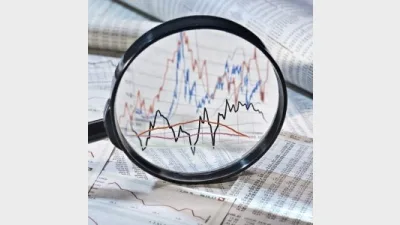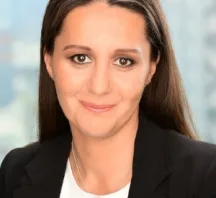Two solutions for volatility



While markets remained volatile through the first quarter of 2019, the two ETF Securities’ funds which invested in global infrastructure and US high yield remained resilient, the firm said.
The ETF Securities US high yield (ZYUS), which returned approximately 20 per cent over the last 12 months, was helped by the US economy moving into the late-stage of the business cycle, typically characterised by slowing growth and corporate earnings against a backdrop of central bank tightening.
According to the firm, in this phase defensive sectors and value stocks tended to outperform as growth expectations were tapered.
ZYUS had a low volatility filter along with a yield tilt heavily biasing the portfolio towards defensive sectors, overweight property and utilities and underweight IT and healthcare.
At the same time, the global infrastructure offered stable growth over the long-term, with infrastructure assets having more predictable cash flows and earnings. Also, infrastructure historically performed as a defensive investment due to a long-time horizons and high barriers to entry reducing competition.
CORE allowed investors to remain in global equities but at the most defensive end of the spectrum, with 12-month product yield at 2.49 per cent, the firm said.
Recommended for you
LGT Wealth Management is maintaining a neutral stance on US equities going into 2026 as it is worried whether the hype around AI euphoria will continue.
Tyndall Asset Management is to close down the Tyndall brand and launch a newly-branded affiliate following a “material change” to its client base.
First Sentier has launched its second active ETF, offering advisers an ETF version of its Ex-20 Australian Share strategy.
BlackRock has revealed that its iShares bitcoin ETF suite has now become the firm’s most profitable product line following the launch of its Australian bitcoin ETF last month.












